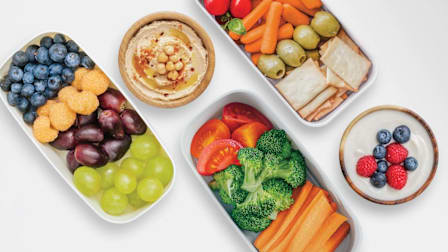Picking the Best, Healthiest Bread Spread for You
Here's what you need to know about the nutritional content of spread standbys like butter and nut butter, as well as different options, like avocado and hummus

Whether as a mealtime mainstay (think sandwiches, toast) or a quick, easy snack, bread is a regular part of many people’s diets. Your choice of loaf and the bread spread you use can make a big difference to your health and your waistline.
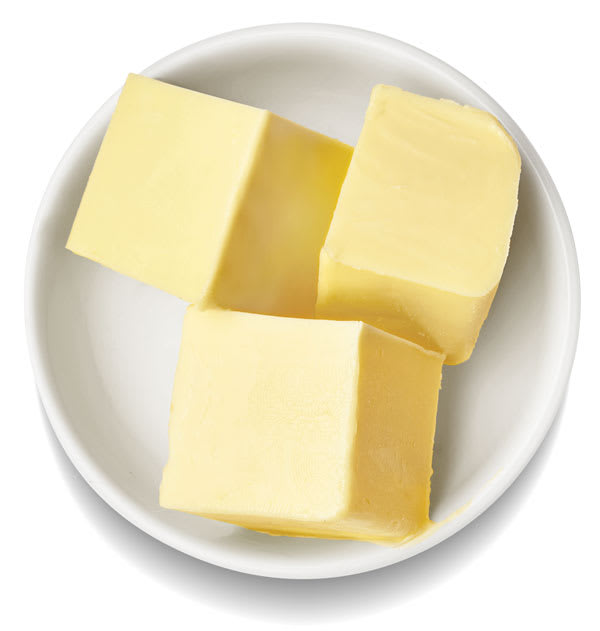
Cal. 102
Sat. fat 7.3 g
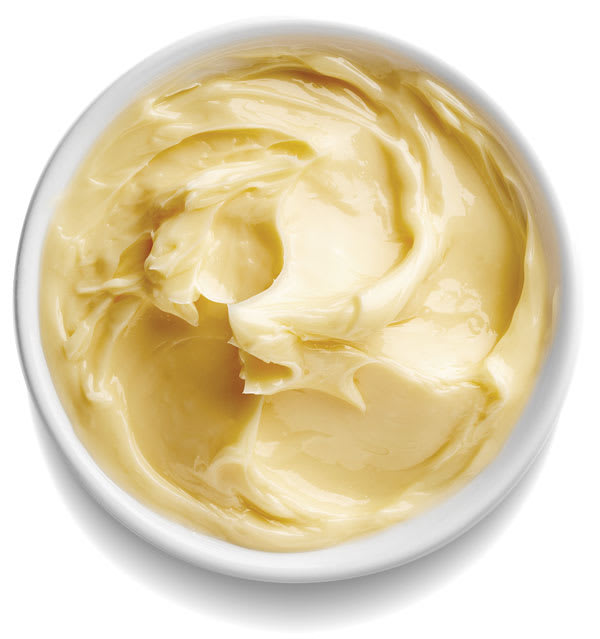
Cal. 50
Sat. fat 3.5 g
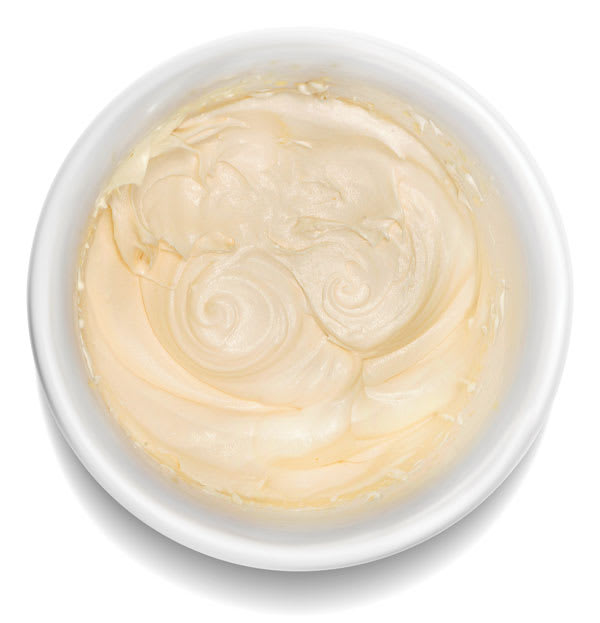
Cal. 80-100
Sat. fat 3.5-5 g
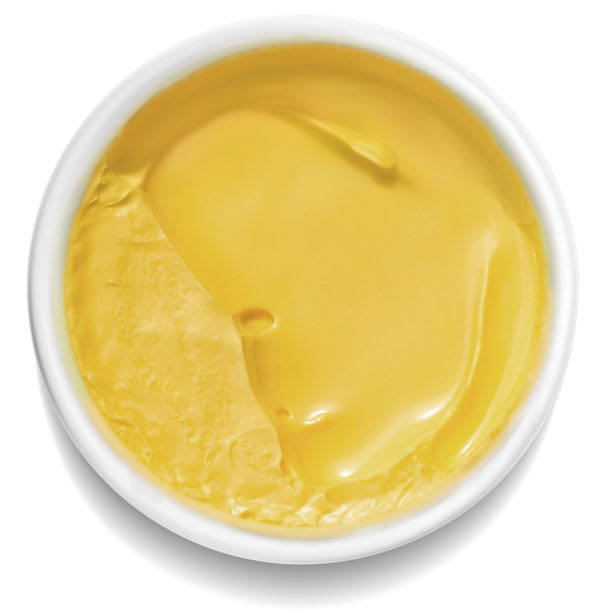
Cal. 35-100
Sat. fat 1-5 g
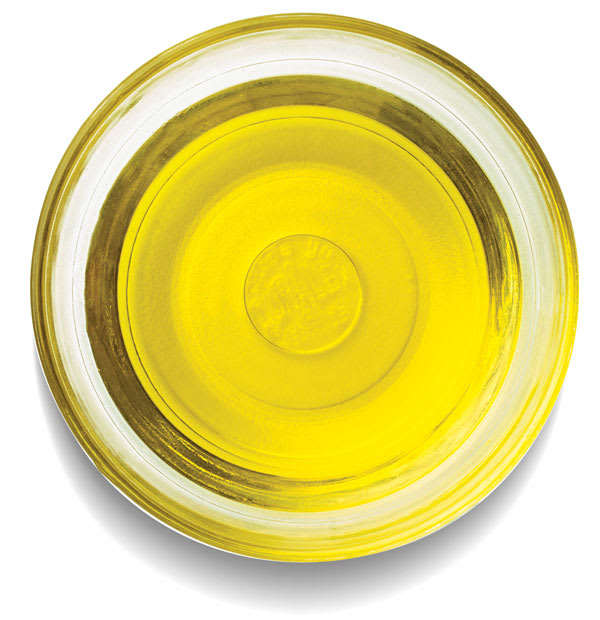
Cal. 120
Sat. fat 2 g
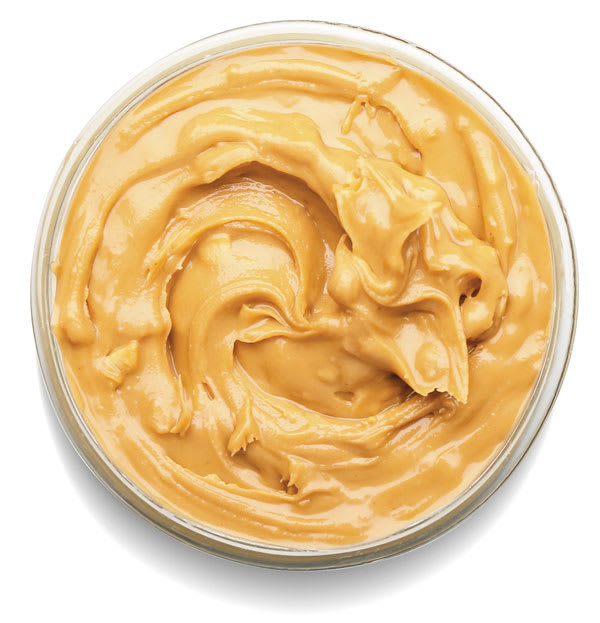
Cal. 196-210
Sat. fat 1.3-4 g
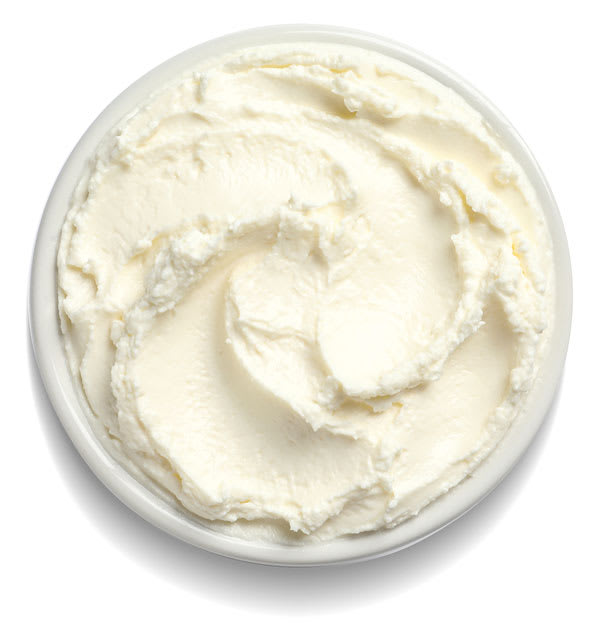
Cal. 51
Sat. fat 2.9 g
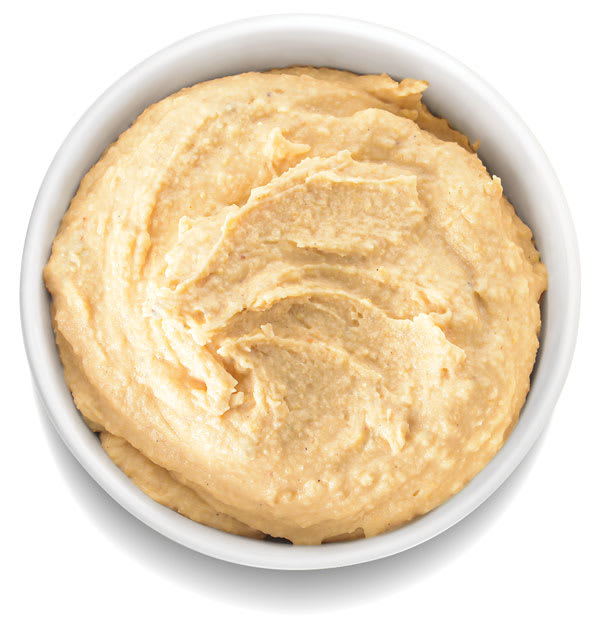
Cal. 40
Sat. fat 0 g
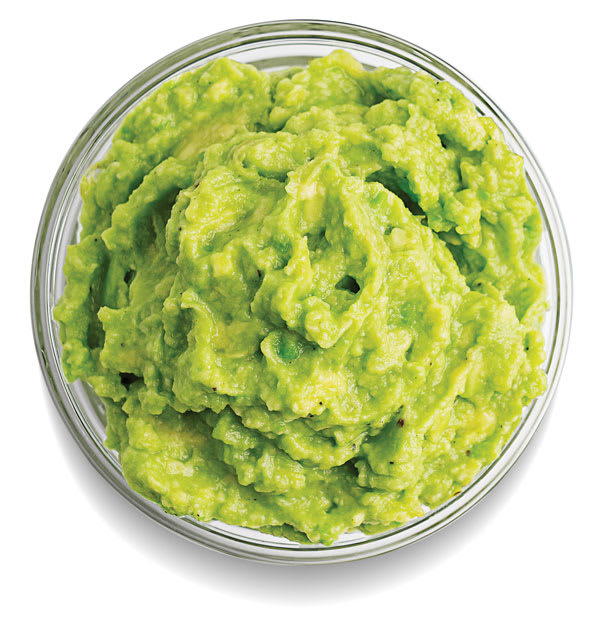
Cal. 120
Sat. fat 1.6 g
Editor’s Note: A version of this article also appeared in the October 2022 issue of Consumer Reports On Health.

















